Why do existing clients expect additional design work for free?
You’ve undoubtedly been frustrated as a designer when clients demand you to do more work at no extra charge. Although it’s typical for customers to desire to obtain the greatest value for their money, it’s crucial to comprehend why this expectation could exist and how to handle it.
Existing design clients may anticipate receiving further work for free for the following reasons:
inadequate comprehension of the design process
Customers may have inflated expectations about the amount of time and effort needed to generate high-quality work because they may not completely comprehend the design process. They can also believe that new work is only an extension of the existing project since they are unaware that modifications and revisions can take a lot of time.
Inadequate communication or a vague job description
Clients can believe that extra work is covered by the original agreement if the scope of the task is not expressly stated at the beginning. Frustration and disappointment can result from miscommunication or incorrect expectations on both sides.
Relationships with people and commitment
Customers who have worked with a designer for a long time could believe that additional work is a natural part of the relationship and anticipate receiving it for free. This may be particularly true if the designer has previously done work for free.
How then can you control these expectations while avoiding doing more labour for free?
Clarify your expectations.
Be specific about the extent of the work that is covered and the cost of any additional work. Ensure that the client is aware of the procedure and the time and effort needed for each activity.
Communicate frequently and early
Throughout the project regular communication may assist manage expectations and prevent misunderstandings. Be open and honest about the project’s development and any necessary modifications.
Observe the work’s scope
Don’t make adjustments or undertake more work without first discussing it with the customer. Make sure the customer is aware of the cost and the effects it will have on the budget and timeframe if they request more work.
Be stern but courteous.
If a client demands free more work, be firm but polite when explaining the increased expense. Describe the task’s time and effort requirements and the reasons why they cannot be waived.
To sum up, controlling customer expectations is crucial to avoiding doing extra labour for free. You may manage client expectations and make sure that both you and your client are happy with the outcome by having clear expectations, communicating often, staying within the scope of work, and being tough but courteous.


